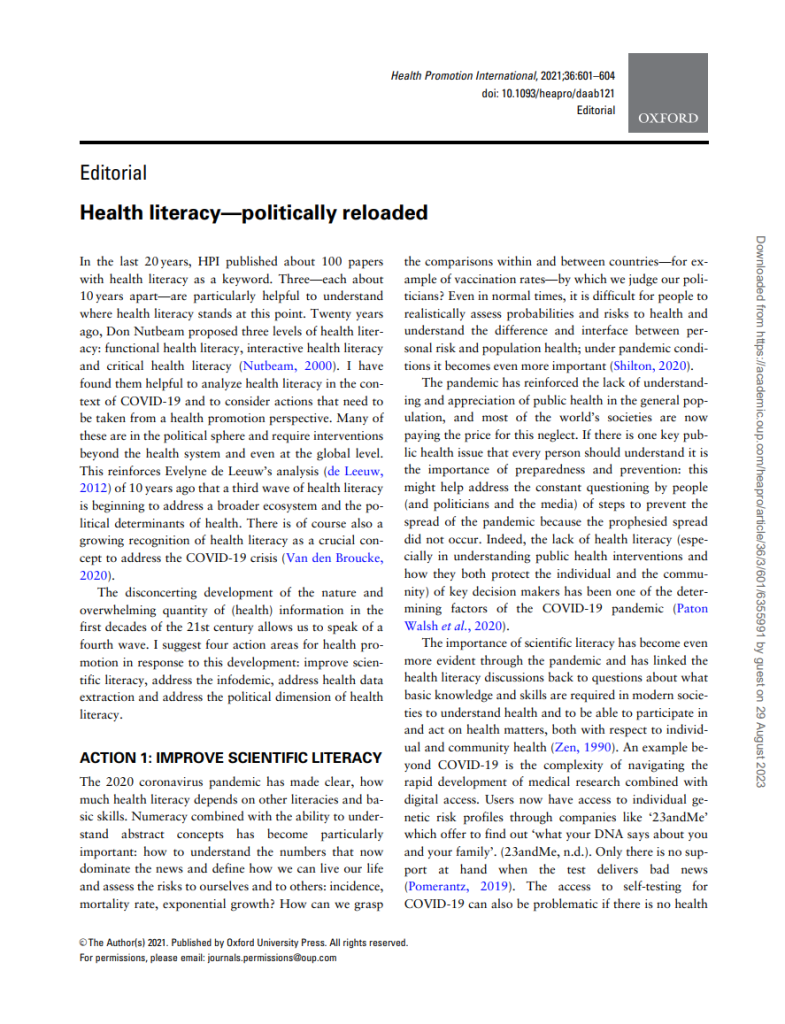Abstract
Background
Sufficient communicative health literacy (COM-HL) is important for patients actively participating in dialogue with physicians, expressing their needs and desires for treatment, and asking clarifying questions. There is a lack of instruments combining communication and HL proficiency. Hence, the aim was to establish an instrument with sufficient psychometric properties for measuring COM-HL.
Methods
The HLS19-COM-P instrument was developed based on a conceptual framework integrating HL with central communicative tasks. Data were collected using different data collection modes in nine countries from December 2019 to January 2021 (n = 18,674). Psychometric properties were assessed using Rasch analysis and confirmatory factor analysis. Cronbach’s alpha and Person separation index were considered for reliability.
Results
The 11-item version (HLS19-COM-P-Q11) and its short version of six items (HLS19-COM-P-Q6) fit sufficiently the unidimensional partial credit Rasch model, obtained acceptable goodness-of-fit indices and high reliability. Two items tend to under-discriminate. Few items displayed differential item functioning (DIF) across person factors, and there was no consistent pattern in DIF across countries. All items had ordered response categories.
Conclusion
The HLS19-COM-P instrument was well accepted in nine countries, in different data collection modes, and could be used to measure COM-HL.
